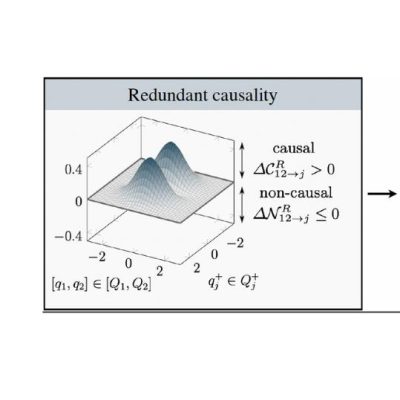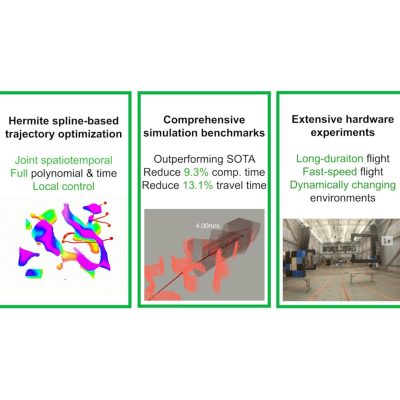
Electrostatically actuated X-band mesh reflector with Bend-Formed support structure
Researchers from the MIT Aerospace Materials and Structures Lab present an architecture for increasing the size of radio frequency antennas in space for communications, remote sensing, and astronomy.
Authors: John Z. Zhang, Harsh G. Bhundiya, Kaleb D. Overby, Fabien Royer, Jeffrey H. Lang, William F. Moulder, Sungeun K. Jeon, Mark J. Silver, and Zachary C. Cordero (lead author)
Citation: Journal of Spacecraft and Rockets, https://arc.aiaa.org/doi/10.2514/1.A35914
Abstract
Increasing the size of radio frequency (RF) reflectors in space can enhance gain and spatial resolution in applications such as space-based communication and remote sensing. The size of current passive deployable reflectors is limited by a tradeoff between diameter and surface precision, which causes RF performance to degrade as size increases. A promising approach to overcome this tradeoff is to combine in-space manufacturing, which enables large structures, with distributed embedded actuation, which enables precise control over the reflector surface. Here we demonstrate a reflector antenna system that integrates these two technologies, using a candidate in-space manufacturing process, termed “Bend-Forming,” with embedded electrostatic actuators.
We design and fabricate a 1-m-diam prototype of an electrostatically actuated X-band reflector with a knitted gold-molybdenum mesh as the reflector surface, carbon-fiber-reinforced plastic booms as electrodes, and a truss support structure fabricated with Bend-Forming. We characterize the RF performance of this reflector, successfully demonstrating i) control over a wide range of focal lengths by suppressing a pull-in instability and ii) beam steering over an angular range of 4.2° via asymmetric electrostatic actuation. This work lays the foundation for future space communication and remote sensing technologies, offering a scalable solution to enhance RF performance through in-space manufacturing and precision control.
This work was funded through a NASA Innovative Advanced Concepts grant.

